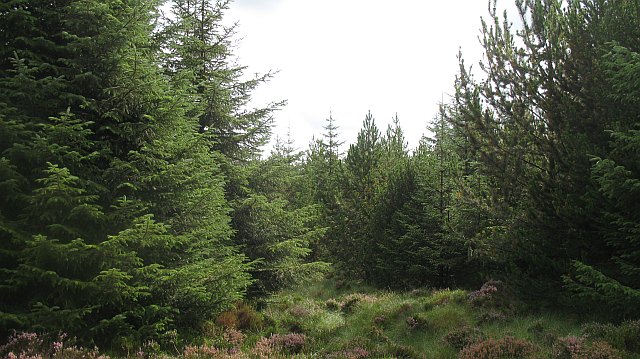Ecology Focus: Exploring the forestry strategy in Ireland

Over the last year, Ireland has increased its efforts towards the climate challenge by planting forests. There is a nationwide strategy to significantly increase forest development with plans to counteract emission generation in Ireland.
In 1900, Ireland consisted of just 1% forest cover. This has increased to nearly 11%, consisting of nearly 800,000 hectares of forestland. Ireland is now committing to planting an additional 8,000 hectares every year to expand this figure to 18%. This approach to carbon management is focused on a number of reports highlighting that tree planting remains one of the most efficient and cost-effective ways of approaching the climate challenge.
The ambitious planting projects have however received some criticism in terms of what forests should be planted across the nations. Some environmentalists and ecological professionals have raised concerns that the choice of forests is detrimental to wildlife, can block sunlight and isolate certain communities. Some organisations are actually totally against the planting projects believing that it is negatively transforming the Irish landscape. A number of planned plantations are being delayed due to rising opposition and objections towards the forestry planting plans.
The opposition lies mainly with the choice of species, the Sitka spruce, an evergreen that is the predominant choice for Ireland’s afforestation plans. A native species of North America, the Sitka grows quickly and is perfectly suited for Ireland’s temperate and frequently wet weather conditions.
Nearly half of all Ireland’s existing trees are Sitka spruces and are a vital source for wood supply. They are also a valuable resource for absorbing carbon and supporting the nation in improving its carbon reduction strategies. With carbon emissions anticipated to rise from agriculture, the success of any carbon program is heavily reliant on the national forestation program and an emphasis on planting more Sitka spruces.
What opposition groups are trying to emphasise is that this isn’t a case of being opposed to the idea of more trees in Ireland, but rather the approach to planting which some members refer to as ‘industrial monoculture’.
During the 1960s, spurred by a series of tax breaks, private businesses started showing interest in the commercial forestry market. As business boomed as Sika trees emerged, farmland diminished across the nation. Supporters of the forestry program highlight that the Sitka matures in approximately 30 years, considerably quicker than oak. The tree can be felled and pave the way for fresh plantations. Farmers situated close to the plantations, however, have voiced their concerns, stating they feel surrounded by the expanding number of desolate Sitka plantations.
The forestry plans in Ireland are clearly a challenging area. John O Reilly, the CEO of Green Belt, the largest private forestry business in Ireland reiterates the value of Sitka and its ability to grow so quickly in Ireland. O Reilly points out that this is supporting a sustainable market that creates new jobs, essential building materials and benefits the environment.
Future forestry plans suggest that the Government will start to diversify their species selection beyond Sitka and explore alternative options that gain support from all industry groups.